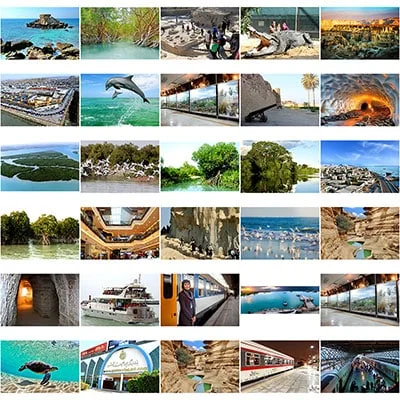Introduction
Qeshm Island, the largest island in Iran located in the Persian Gulf, is renowned for its high biodiversity and pristine natural landscapes. The island is home to rare plant and animal species that are unique to this region. As tourism continues to grow on the island, the impact on its wildlife is becoming increasingly significant, making it essential to assess and implement strategies to protect these invaluable natural resources.
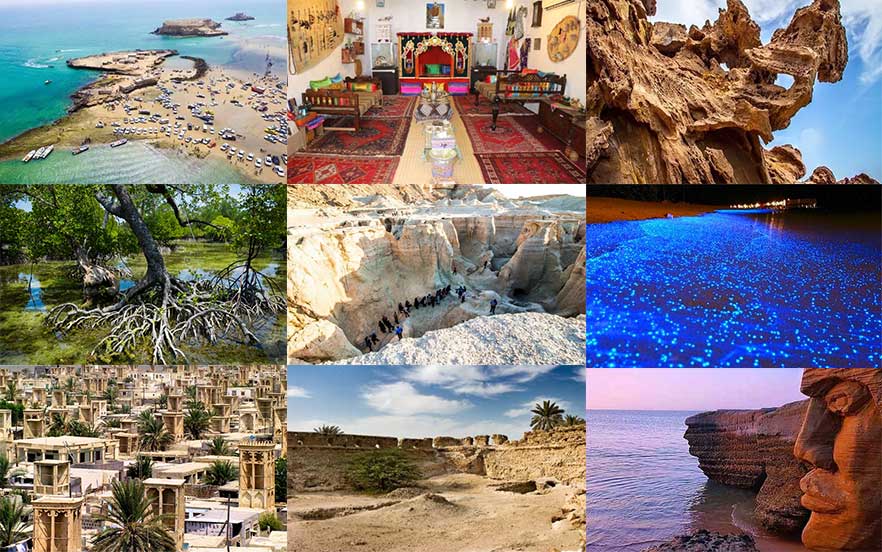
Qeshm's Wildlife: A Unique Treasure
Qeshm is home to diverse ecosystems that host a wide variety of birds, reptiles, mammals, and marine life. From the Persian Gulf dolphins and sea turtles to the Iranian gazelles and migratory birds, the island provides a habitat for species, some of which are endangered. This rich biodiversity is one of the main attractions for tourists visiting Qeshm.
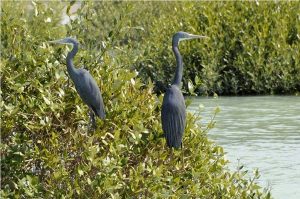
The Growth of Tourism and Its Impact on Wildlife
In recent decades, tourism on Qeshm has grown rapidly. While this economic growth has brought many benefits to the local population and the region's economy, it has also posed serious threats to the island's wildlife. Habitat destruction due to construction, pollution from human activities, and disturbances caused by increased human presence are all factors that can have detrimental effects on the various species inhabiting Qeshm.
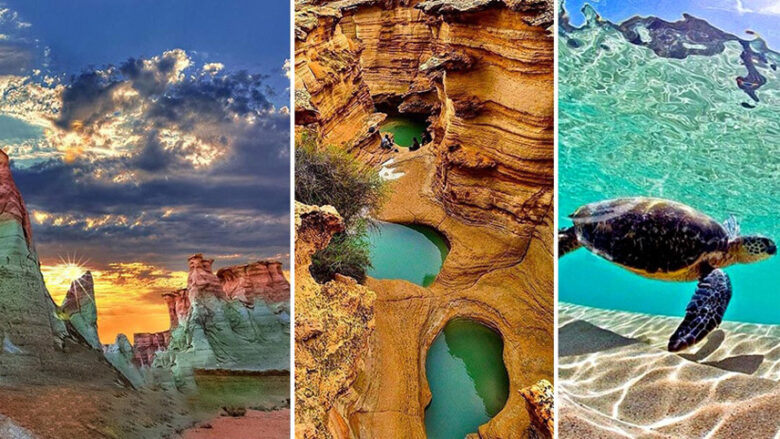
Environmental Challenges
Tourism development, if not managed sustainably, can lead to the destruction of natural habitats and a decline in critical species. For example, unregulated construction along the coastlines can disrupt sea turtle nesting, and plastic waste can endanger marine animals. Additionally, the excessive movement of boats near dolphin habitats can cause stress and behavioral changes in these creatures.
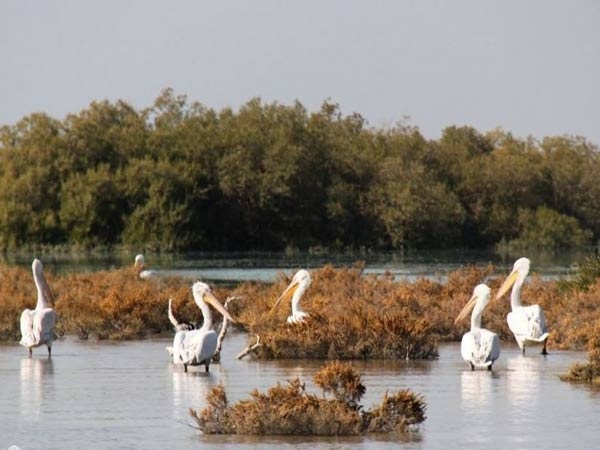
Conservation Strategies and Sustainable Development
To protect Qeshm's wildlife from the threats posed by tourism, it is crucial to adopt conservation and sustainable development strategies. Educating tourists about the importance of environmental protection and respecting natural habitats, establishing protected areas, and restricting construction in sensitive regions are steps that can help mitigate the negative effects of tourism. Furthermore, investing in research projects to study the island's rare and endangered species can lead to more effective conservation programs.

Conclusion
The relationship between tourism and wildlife on Qeshm Island is complex and delicate. While tourism offers significant economic and cultural opportunities for the region, it can also become a threat to the environment if not managed properly. Therefore, it is essential to develop tourism on Qeshm in a way that benefits the local community while also safeguarding the island's valuable natural resources and wildlife.
